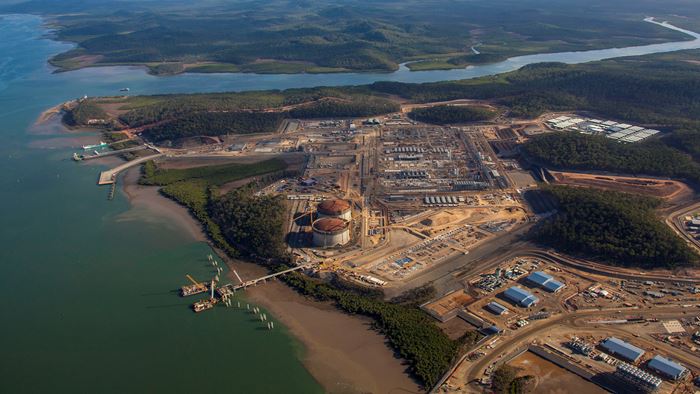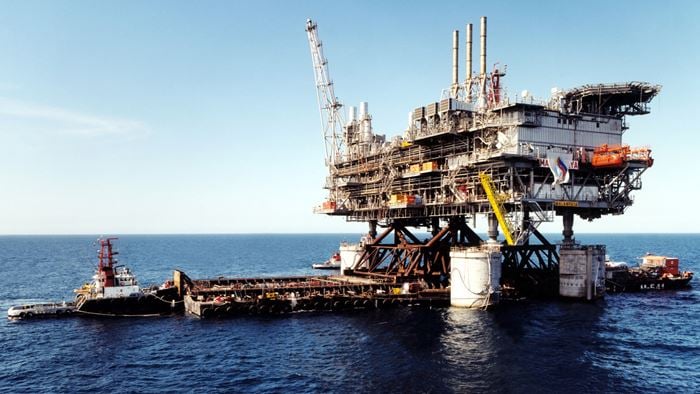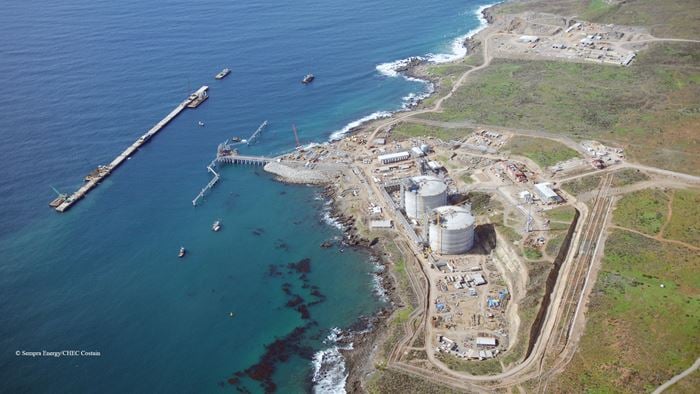By 2020, 62% of cruise vessels in the Australian market are expected to exceed 270m in length. Currently there is no existing dedicated facility in south east Queensland (SEQ) to host vessels of this scale, leaving Brisbane to potentially miss out on its share of the cruise market in the future.
To combat this, Port of Brisbane Pty Ltd (PBPL) submitted a market-led proposal (MLP) to the Queensland Government to build SEQ’s first dedicated mega cruise ship terminal at Luggage Point – the Brisbane International Cruise Terminal (BICT).
The new $158m facility will allow the world’s largest cruise ships to visit Brisbane and grow the number of international and domestic visitors to the region.
Project Summary
$158million total cost
468cruise shipsvisited Queensland last financial year
9,590m²terminal building

Arup, with architects Arkhefield, was initially engaged to develop a preliminary design to support PBPL’s submission of a detailed business case as part of the stage 2 ‘Detailed Proposal’ phase of the MLP. With a strong understanding of key project challenges, opportunities and stakeholders, we were able to deliver a value for money solution that was instrumental in PBPL’s proposal being accepted by the Queensland Government.
Supporting Port of Brisbane to do more for less
During the MLP Stage 2 process the Arup team developed a design that was focussed on the efficient movement of passengers from kerbside to ship with a focus on the customer experience during both embarkation and disembarkation.
We were also able to optimise both the size of the terminal building and the wharf by working collaboratively with PBPL and cruise operators to identify the optimal use of operational space throughout the facility.
Using Arup’s internally developed 3D pedestrian movement simulation tool, MassMotion, we were able to demonstrate that PBPL could move passengers – both embarking and disembarking from vessels – through a building smaller than what is usually required, without compromising passenger experience.
Optimising the wharf design provided the most significant cost saving to PBPL.
During an early high level review of the project Arup proposed a reduced wharf geometry, which we were then further able to refine during the MLP phase.
Being the most expensive part of the project, a reduction in size of the wharf has led to a saving of approximately $12m. We have also worked with PBPL to incorporate the use of modular construction for the wharf which, during construction, will lead to a further decrease in costs.
“The approval of the MLP Stage 2 design is a testament to the technical excellence demonstrated across a truly multidisciplinary design team. Working with Port of Brisbane and other stakeholders we have developed an integrated design that offers value for money whilst maintaining a focus on the passenger experience. ”
Michael Hanbury Associate
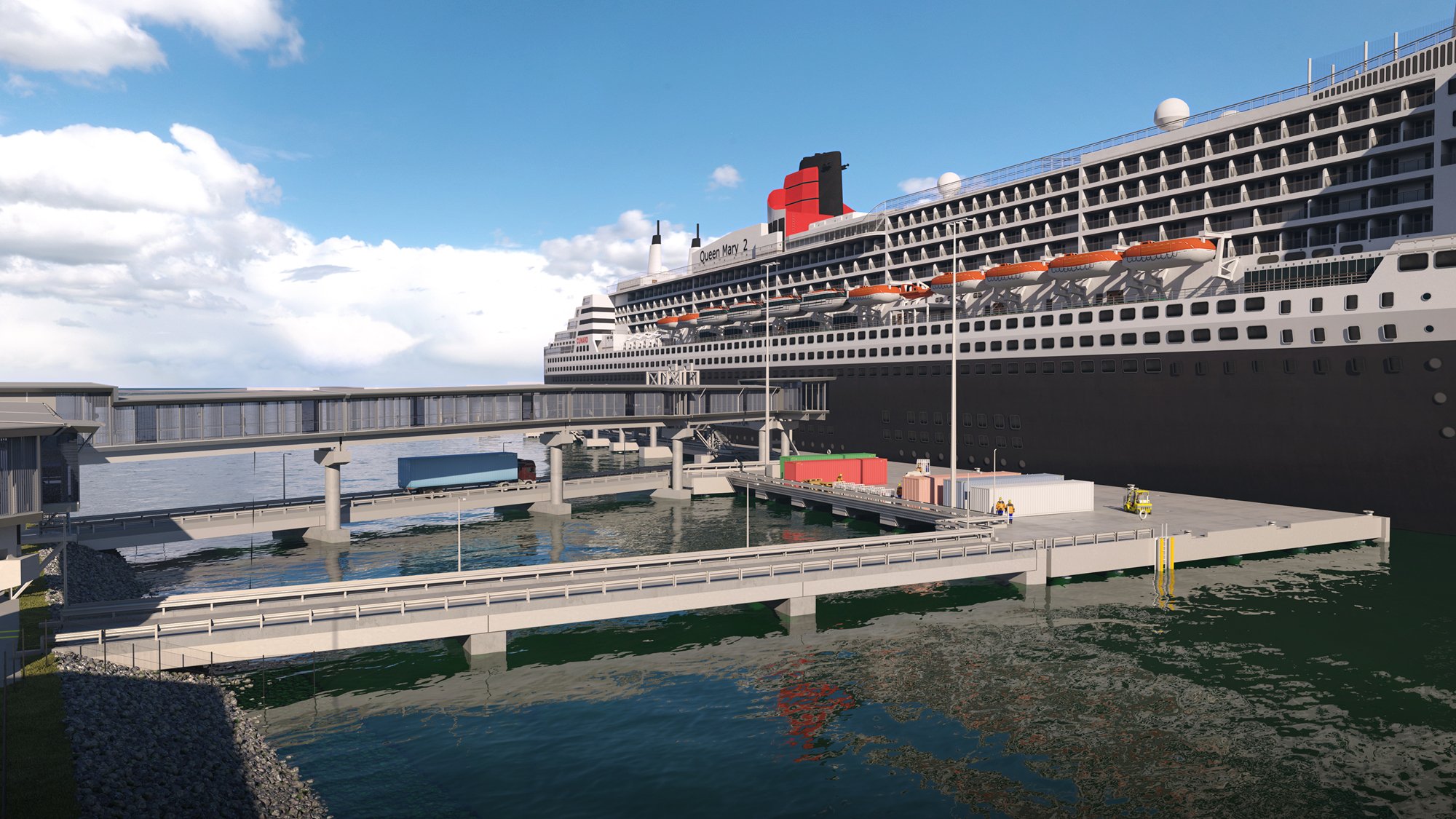
Bringing together a multidisciplinary team
Due to our success in delivering the MLP Stage 2 design we were subsequently awarded the detailed design contract of the cruise terminal facility, again with Arkhefield. Arup is responsible for detailed design and analysis of the wharf, terminal building, and landside civil works.
Being a large, multidisciplinary project, the BICT will require close collaboration with both PBPL and the wider design team, which is made up of more than 20 disciplines.
We are taking a holistic approach to the project, keeping both the client and end user in mind to deliver an efficient and functional facility, with a focus on the passenger experience.
Ready for greater things
To prepare the port for this major upgrade and re-opening in 2020, Arup has been developing an operational readiness strategy. Our approach has been broad-ranging and forensic, including guidance on governance, training, trials, activation and community engagement to seamlessly transition the new terminal from its finished state into a live operation.
Through a series of workshops with the operator and key stakeholders, we have incorporated vital passenger insights into the strategy, ensuring the Port of Brisbane is ready for day one and beyond.
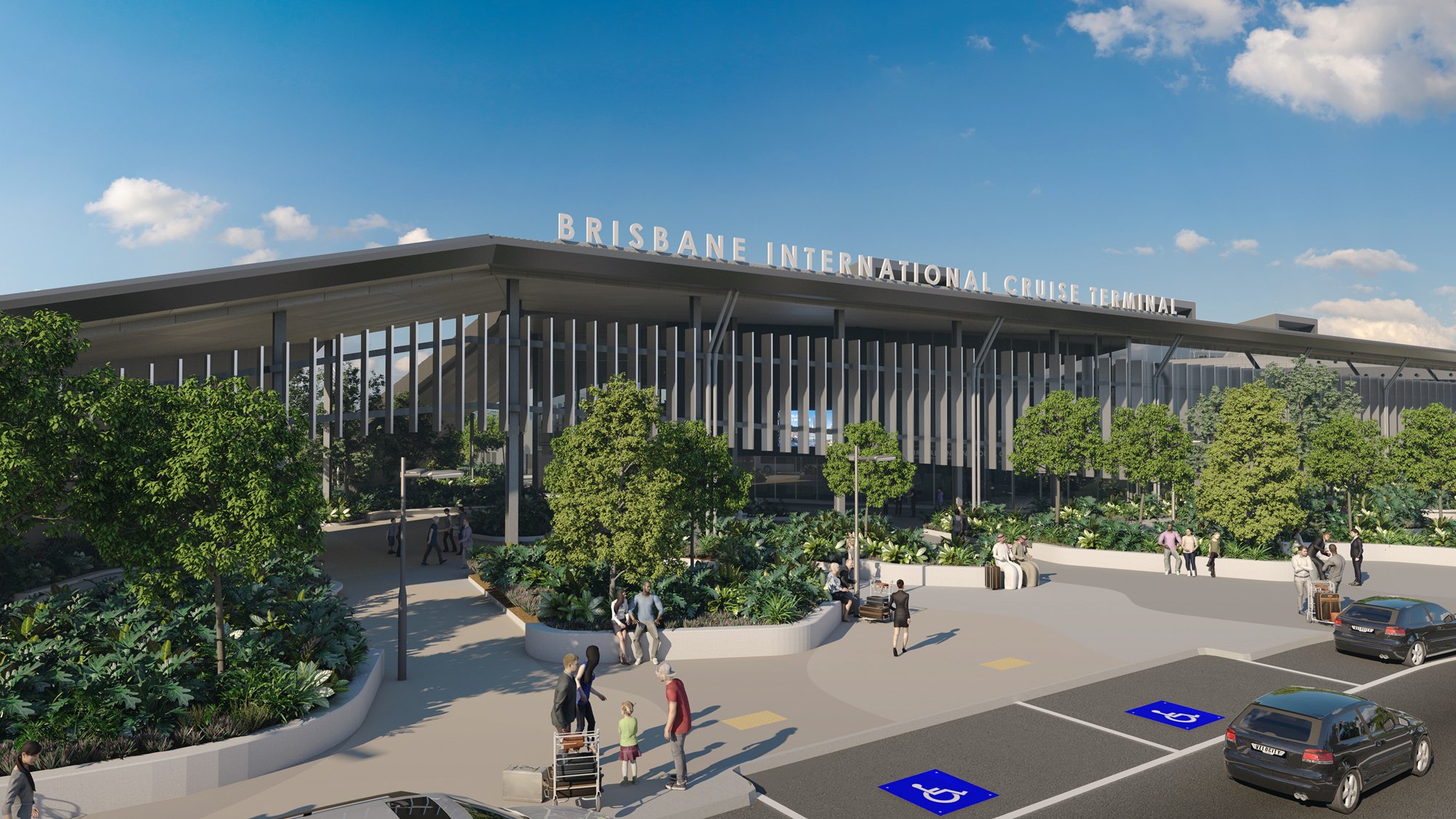 ;
;


